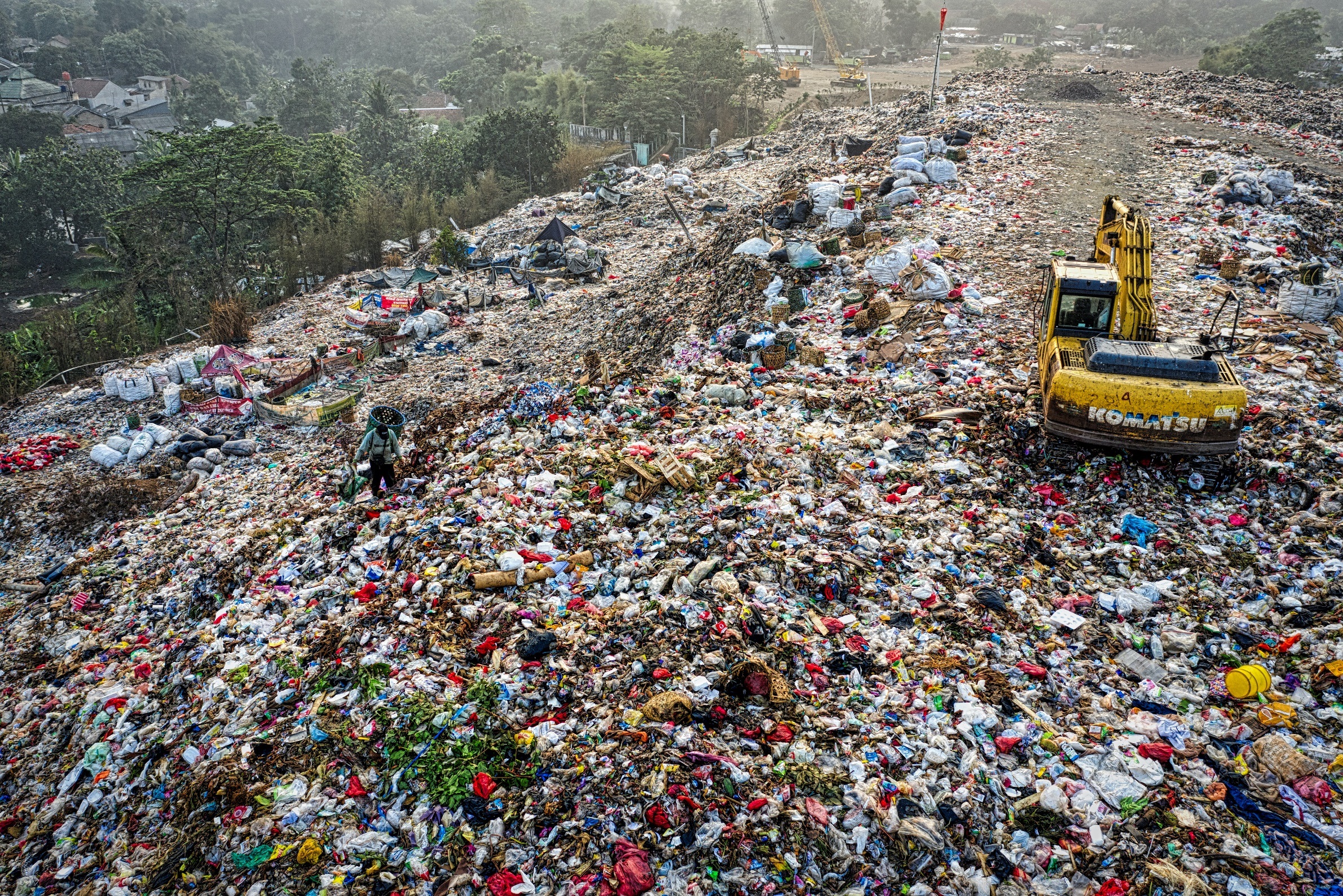By Nick Dimmock, Director of Investor Relations at 350PPM
And we’re not just talking about the smell. The whole concept of landfill is a horrendous blight on the environment and the long-term impact, even after landfill sites have stopped accepting waste, can still be felt for decades.
The 2,200-acre Apex Regional Landfill in Las Vegas receives about 9,000 tons of municipal solid waste daily. It is the biggest in the US and has a projected life of 250 years.
According to the International Solid Waste Association, a roadmap for closing waste dumpsites determined that landfill sites currently contain approximately 40% of the world’s waste and that the 50 largest landfill sites impact the daily lives of 64 million people — that’s equivalent to the entire population of France.
There’s no arguing that the impact of landfills is catastrophic. But why are landfill sites so harmful to the environment?
Even when done in a controlled manner, burying municipal waste in the ground inevitably has an impact on our environment.
The biogas produced by landfill sites, a mixture primarily formed of methane gas (CH₄) and carbon dioxide (CO₂), is released into the atmosphere and contributes to global warming.
Until its closure in December of 2011, the 927-acre Bordo Poniente landfill in Mexico City received 12,000 of the 15,000 tons of waste generated in the city daily, and it is estimated that 1.5 million tons of methane gas is generated there annually.
Some landfills have degassing methods, which is an improvement on conventional landfills, but still has its drawbacks. Degassing is usually performed after the landfill cell has been closed, so methane from the more readily biodegradable components will have already been released into the atmosphere before degassing occurs. Horizontal degassing projects that aim to capture methane while the landfill cell is still in operation achieve better results, but they can only capture a portion of the methane generated.
Sometimes the methane produced by waste from landfill sites can cause explosions and fires. This downside is more common than meets the eye because the fires that occur are not ordinary fires with flames, but fires that occur inside the landfill. Dioxin emissions from these spontaneous uncontrolled fires are also very harmful to the environment, not to mention the damaging effects they have on aquifers, whose waterproofing membranes are affected by the fire.
As you can imagine, landfill sites are often responsible for the contamination of soil and groundwater, as the contaminating materials, such as lead and mercury, that the stored waste may contain can spread to the soil and water near the site.
Whilst it is uncommon for the waterproofing membranes to rupture, when they do, it has a devastating effect on the environment.
Landfill sites have particularly negative effects on bird migration. There has been an increasing number of cases of species that have stopped migrating to the south and are instead choosing to nest in areas near landfill sites thanks to the endless food supply they provide. When birds feed on landfill, they inevitably ingest plastic, aluminium, gypsum and other materials that are common among waste. This can prove to be fatal, and also causes generational trends, because their young ignore traditional migratory behaviour, and the whole problem is exacerbated.
Aside from environmental impact, catastrophic accidents can occur at landfill sites. In 2017, the 36-hectare Addis Ababa landfill site in Ethiopia collapsed, causing an estimated 113 deaths. Only a month later, the Meethotamulla landfill site in Sri Lanka suffered a landslide, leaving more than 30 people dead, dozens missing, and more than 140 houses destroyed. In 2020, two workers were killed when the Zaldívar landfill site in Spain, which houses some 700,000 tons of waste, collapsed, and there were reports from employees that asbestos was pouring out of control. Rain, spontaneous combustion, decomposition and excessive accumulation of waste can turn landfill sites into unstable terrain where landslides or collapses are very dangerous for plant workers and the surrounding areas.
Furthermore, the bad smells that emanate from landfill sites cannot be effectively controlled and, almost inevitably, reach nearby populations. Property prices plummet in the unfavourable areas surrounding landfills, and this further perpetuates the devaluation of disadvantaged areas.
Whichever way you look at it, the whole concept of landfill stinks.
UK-based GreenMine is in the process of deploying technology which can process existing legacy landfill waste as well as new waste-producing marketable offtakes. The technology addresses serious environmental, social and urban issues caused by toxic landfill sites and the ongoing legacy of high maintenance capped landfill sites emitting noxious gases into the atmosphere contributing to health issues in surrounding urban areas.
If you are interested in investing in technology that will fast-track this ground-breaking solution to the world’s landfill problem, please visit GreenMine to find out more or contact the investment team.
